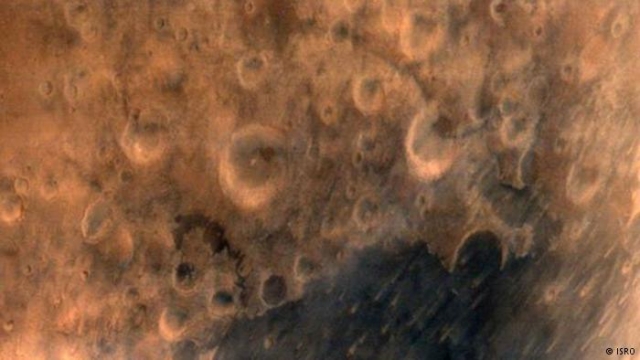This short article gives us a short but detailed look at India’s plans for manned space, describing both the first test flight of a engineering version of their manned capsule in a little more than a month and the program’s overall goals.
The test flight:
“The first test trial, that of the crew module, will be undertaken in November last week or December first week on the GSLV MK-III,” [Isro chairman K Radhakrishnan told Deccan Herald.] The crew module will be injected into orbit by the GSLV at a height of 110-120 km in space from where it will fall towards the earth and be recovered from sea. Isro will examine how the crew module and thermal shield around it handle the heat and temperatures during re-entry into the earth’s atmosphere.
Their eventual goal is to put two astronauts in orbit for seven days. To do that they will first have to complete at least four to six test launches of their new GSLV MK-III rocket, which has only completed one successful launch after literally two decades of failures. If successful, the test flight described above will be GSLV’s second successful launch.
Note that because of poor writing the article gives the improper impression that the test flight will be manned. It will not. Also, the article states incorrectly that the space shuttle Columbia broke up during re-entry because “the thermal heat shields could not withstand the heat.” This is false. The heat shield would have worked fine, as it had done on numerous previous launches, except that there were gaping holes in it that were put there by pieces of foam during launch.

